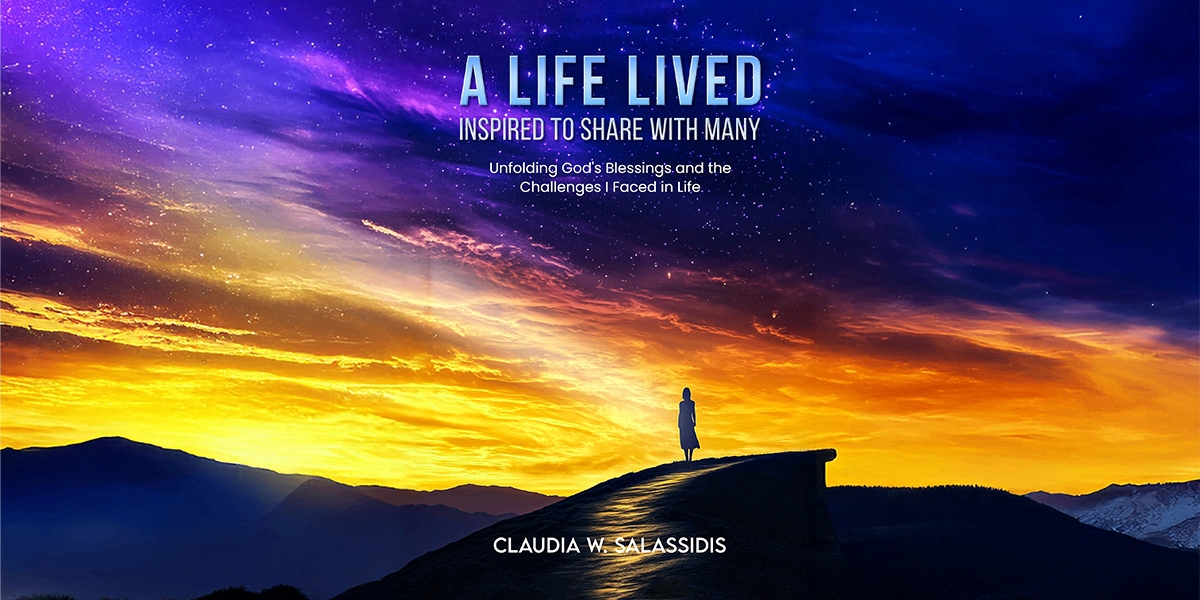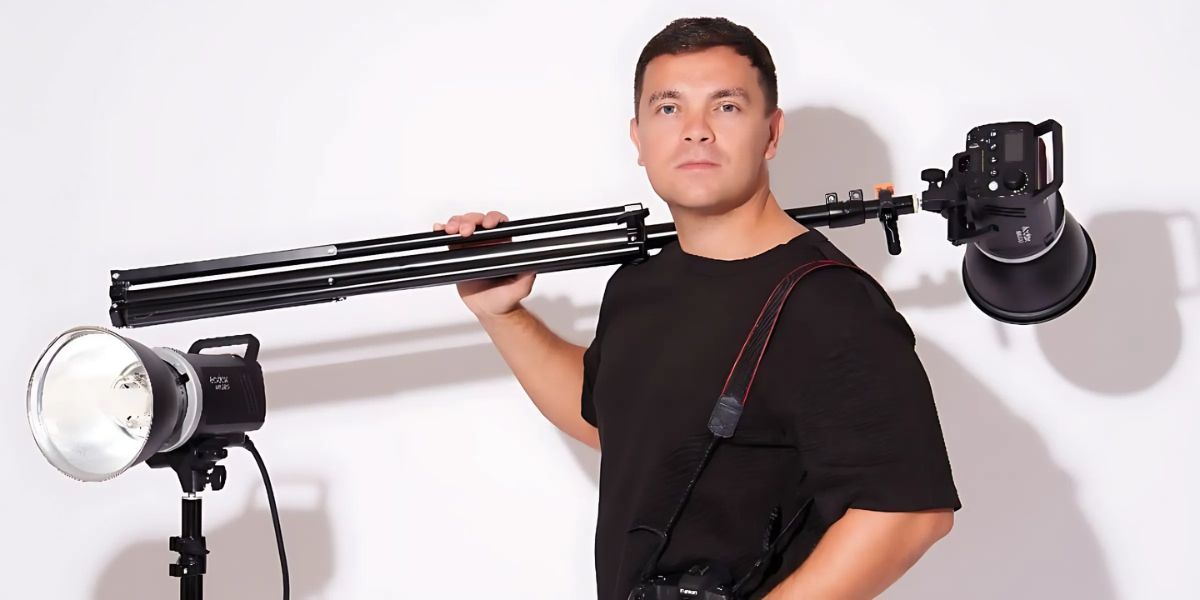By: Chris Wilson
Creating a website that looks great and works effortlessly is no small feat, especially in boutique web design. While stunning visuals capture attention, functionality helps users stay engaged and easily navigate. Striking the right balance between the two enhances user experience, communicates a brand’s essence, and builds trust.
Talented web designer and founder of Quynh Keiser Boutique Web Designers, Quynh Keiser explores how the right blend of technical and aesthetics transforms a website from a digital presence into a powerful representation of identity.
Understanding Aesthetics in Web Design
Aesthetics in web design extend far past making a website look appealing. They create a visual language communicating a brand’s personality and values while influencing how users feel and interact with the site. Every design decision, from the colors to the layout, contributes to how a website connects with its audience.
“Design has the power to evoke emotions,” says Quynh Keiser. “Whether it’s excitement, trust, or calm, visual elements like colors, fonts, and imagery all play a vital role in shaping how users perceive a website.”
Colors, for instance, carry psychological associations. Blue often conveys trust and professionalism, while yellow can evoke energy and optimism. The strategic use of these tones can subtly guide users’ emotions and reactions.
Typography further enhances this emotional impact. A sleek, modern sans-serif font might communicate innovation, while a serif font often feels traditional and reliable. The font must align with the brand’s identity and reinforce the intended message.
Imagery plays a key role in shaping a user’s initial impression. High-quality visuals can suggest professionalism, while unclear or inconsistent images may distract or confuse users. Whether it’s a hero image, product photo, or background graphic, the imagery should align with the overall design. These choices are often made quickly but can have a lasting impact on the user’s experience on the site.
A cohesive design helps create a smoother experience. Consistency across visual elements, such as color schemes and button styles, can familiarize navigation. When users encounter familiar patterns and cues, it can help them feel more comfortable as they explore the website.
Inconsistent elements, such as changes in font styles, mismatched colors, or differing layouts, can be distracting. They pull attention away from the content and create confusion. Imagine a website where the main navigation menu changes unexpectedly from one page to another. This inconsistency makes users question the site’s reliability and increases their chances of leaving.
Maintaining consistent design elements can help create a sense of familiarity. This includes the behavior of logos, headers, and even more minor details like hover effects. Users can focus on the content and actions when features work together smoothly, rather than being distracted by unexpected visual changes. Consistency can contribute to a more user-friendly experience.
The Role of Functionality in Web Design
Functionality plays a foundational role in the success of any website. While aesthetics draw users in initially, a site’s ease of use and technical performance determine whether they stay and engage. A functional webpage helps users find what they need without frustration, offering a transparent and seamless experience that keeps them coming back.
Navigation is the backbone of functionality. Even the stunning visuals lose appeal if users cannot easily find their way around a website. The goal is to create intuitive navigation that requires little thought.
Transparent menus, logical page structures, and recognizable labels can help visitors quickly navigate a site. Accessibility is also essential, allowing everyone who can use the website, including individuals with disabilities. Features like keyboard-navigable menus, screen reader compatibility, good color contrast, and descriptive alt text for images can support inclusivity.
These elements help improve equity while meeting guidelines like the Web Content Accessibility Guidelines (WCAG). Ignoring accessibility can alienate a segment of users and potentially harm a brand’s credibility. A website that prioritizes accessibility communicates that every visitor matters, which builds trust and loyalty.
Speed is a non-negotiable aspect of functionality. Studies consistently show users abandon websites that take more than a few seconds to load. People expect instant gratification online, and sluggish performance could lead to frustration and lost opportunities. Fast-loading pages boost user satisfaction and can even help with rankings, as search engines prioritize speed in their algorithms.
In addition to loading speed, smooth functionality is essential for keeping users engaged. Issues like broken links, unresponsive buttons, or pages that freeze can cause users to leave the site. Testing websites across different devices can help ensure they function efficiently. This might involve optimizing images and scripts, reducing unnecessary animations, and ensuring compatibility across desktop and mobile browsers. A well-functioning website allows users to focus on content without being distracted by technical problems.
Challenges of Balancing Aesthetics and Functionality
Notes Keiser, “Finding the balance between aesthetics and functionality is a core challenge in web design.”
While aesthetics draw users in, functionality helps them stay and interact with the site. Overemphasis on one can undermine the other, creating an unbalanced experience that fails to meet user expectations.
A visually stunning design can quickly lose its allure if it sacrifices usability. When beauty impedes function, the result is confusion and frustration. An intricate menu may look inventive, but users might abandon the site altogether if it’s unintuitive or challenging to find.
Basic tasks like clicking a button or finding a product should be straightforward. For instance, buttons that blend too much with their background or complex animations can make navigation harder. A balance between creativity and practicality can help with user-friendly designs. When aesthetics prioritize usability, it can sometimes lead to inconsistencies and affect the overall user experience.
“Modern users access websites on various devices, from desktops to smartphones. This creates a unique challenge in maintaining visual appeal and functional performance across different screen sizes. A flawless design on a widescreen monitor might become cluttered and unmanageable on a smaller device,” says Keiser.
Images, fonts, and layouts must be scaled and adapt without losing quality or consistency. For example, a high-resolution hero image can captivate desktop users but might slow down performance on mobile devices. Similarly, intricate designs may require simplification for smaller screens to avoid overwhelming users. Striking a balance between mobile optimization and desktop functionality requires precision and attention to detail.
The ongoing development of technology and shifting user expectations will likely influence the future of boutique web design. As tools like artificial intelligence and machine learning contribute to personalization, websites may need to balance aesthetics and functionality based on user behavior. Accessibility standards are also expected to evolve, encouraging designers to create more inclusive experiences while maintaining visual appeal.
Emerging design trends, like immersive storytelling and interactive elements, may challenge usability, making collaboration between designers and developers increasingly important. By prioritizing innovation alongside usability, the future of web design could offer visually engaging experiences while remaining functional and accessible to all users.
Published by Drake M.






